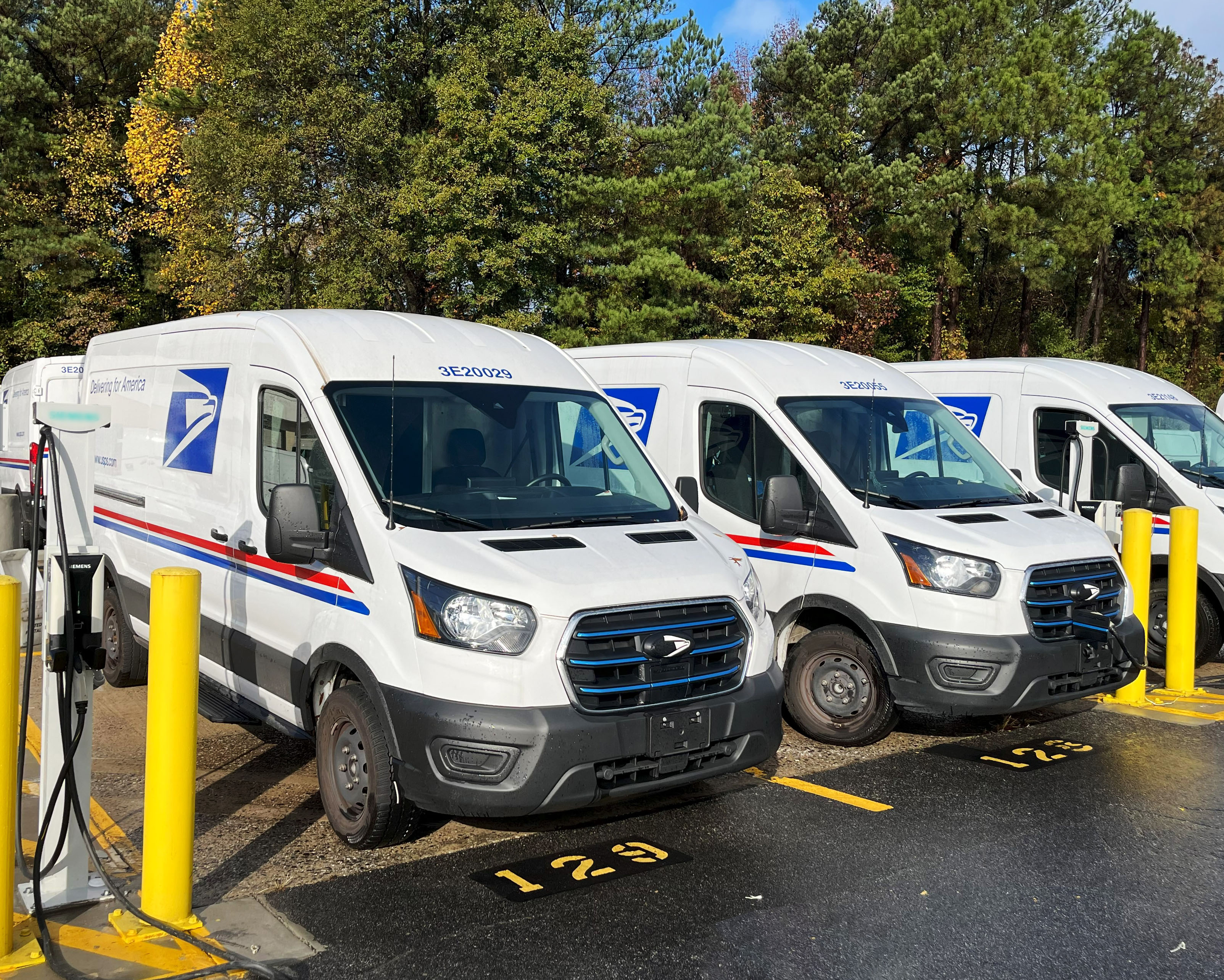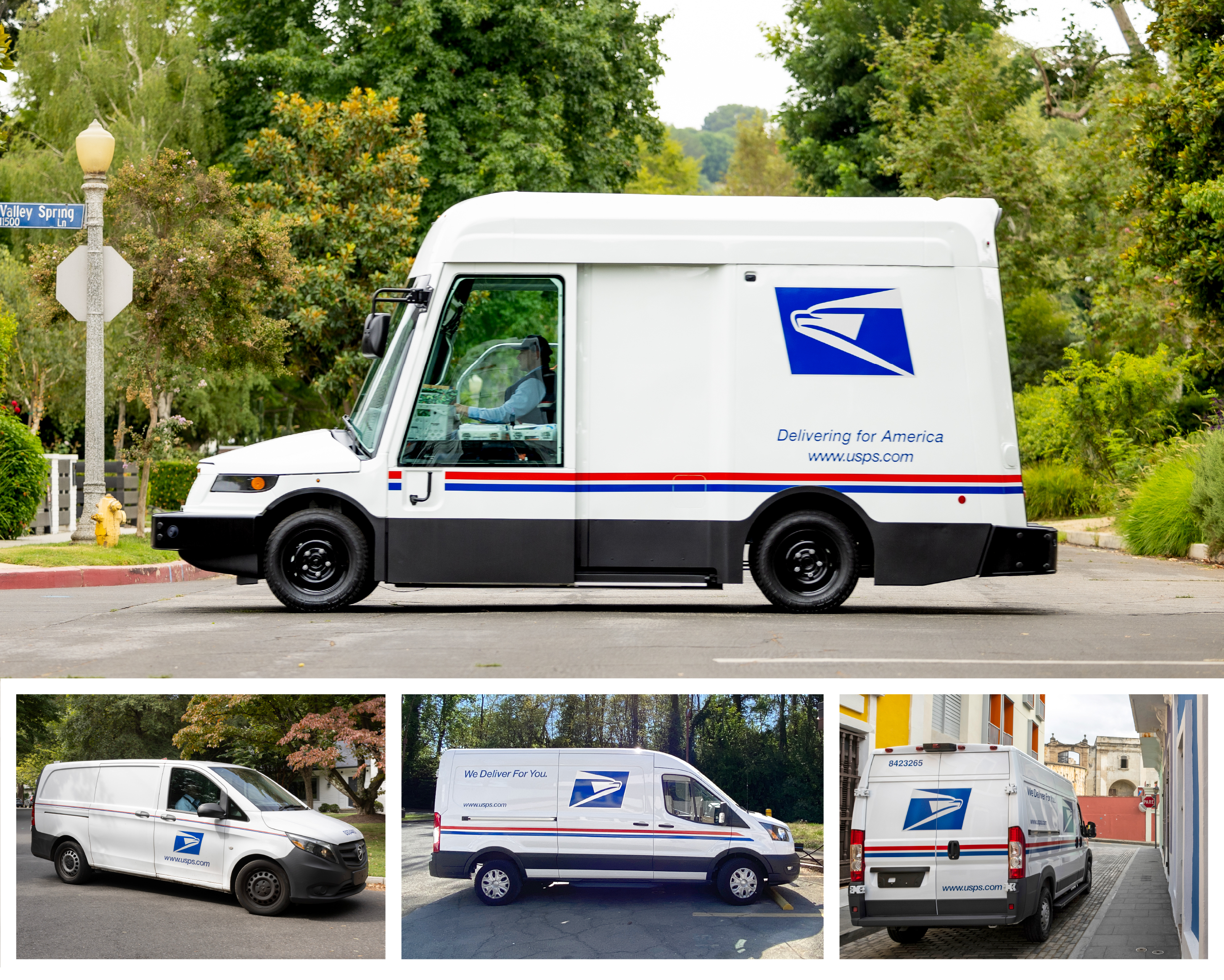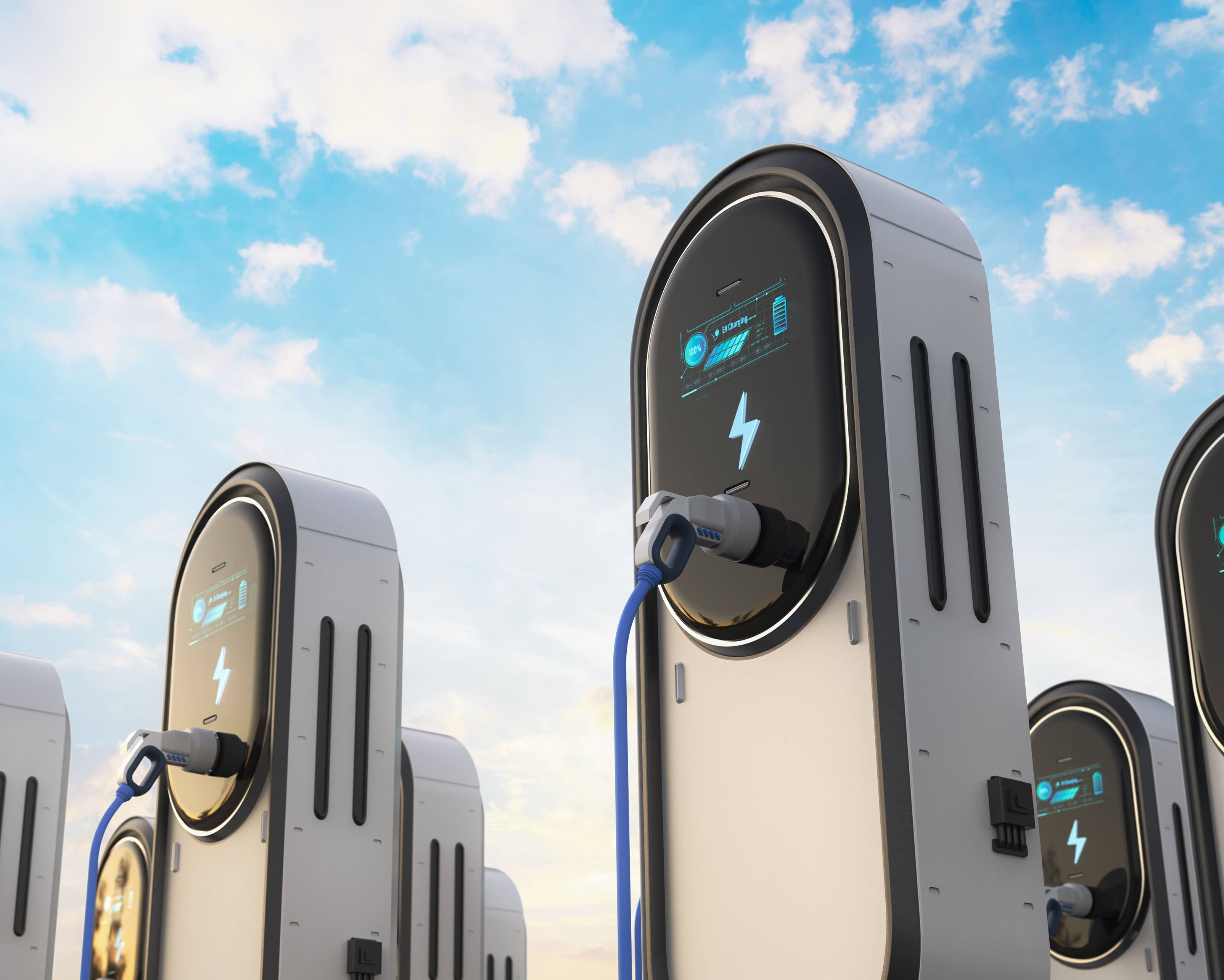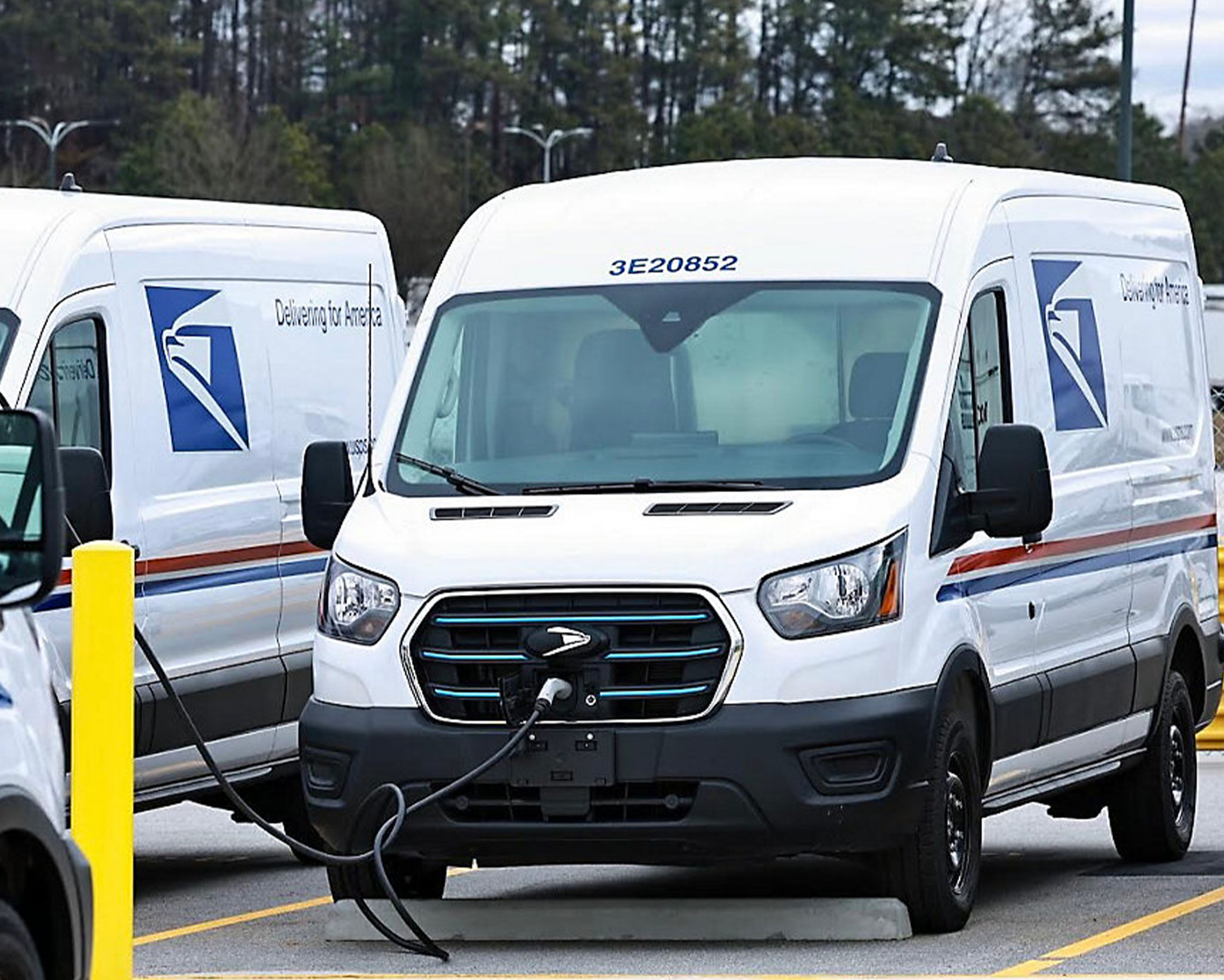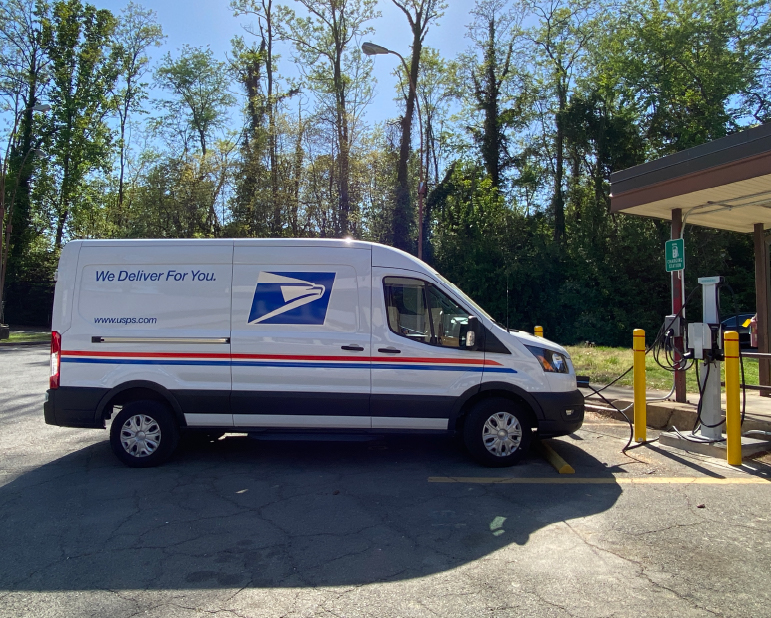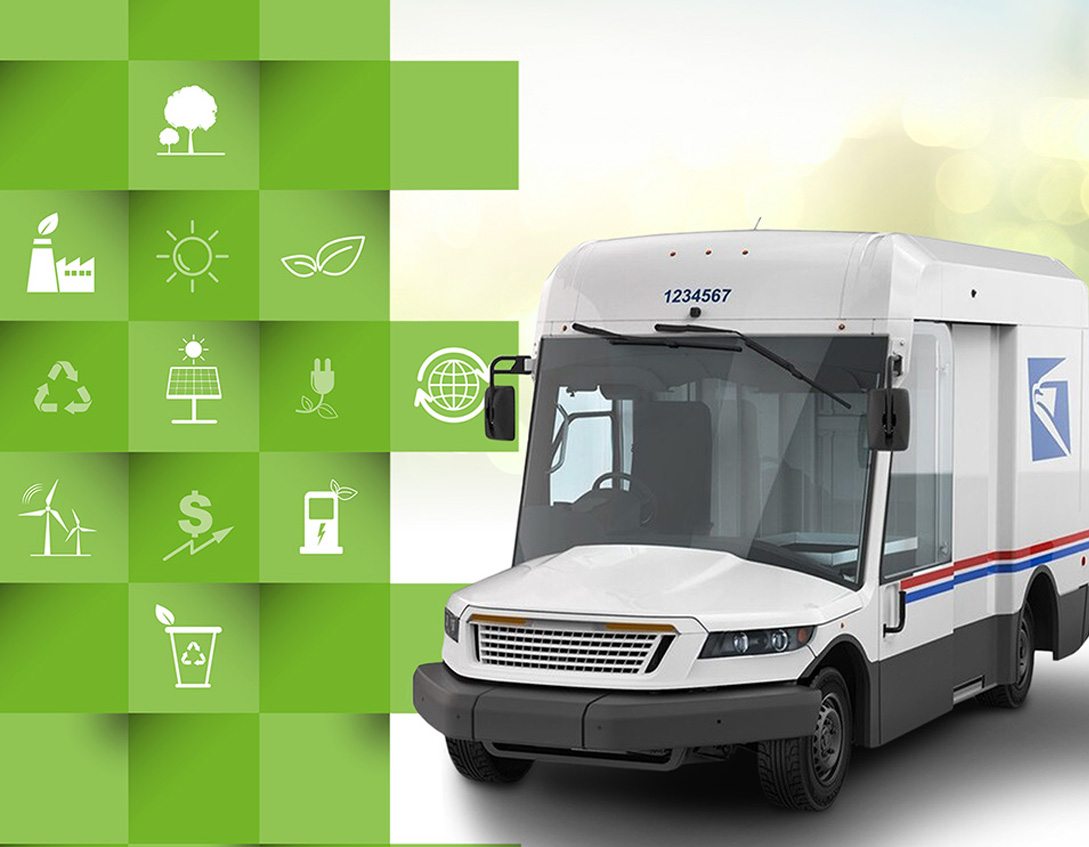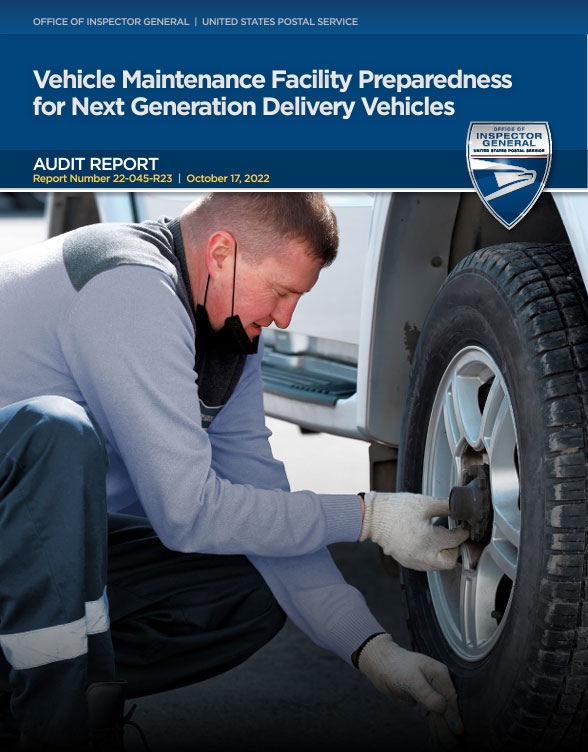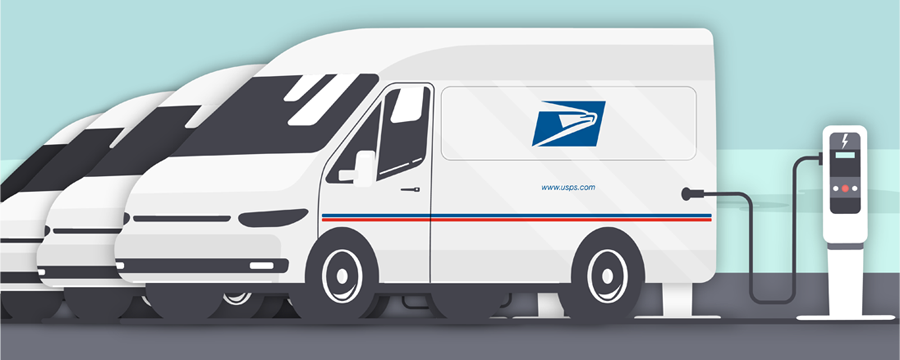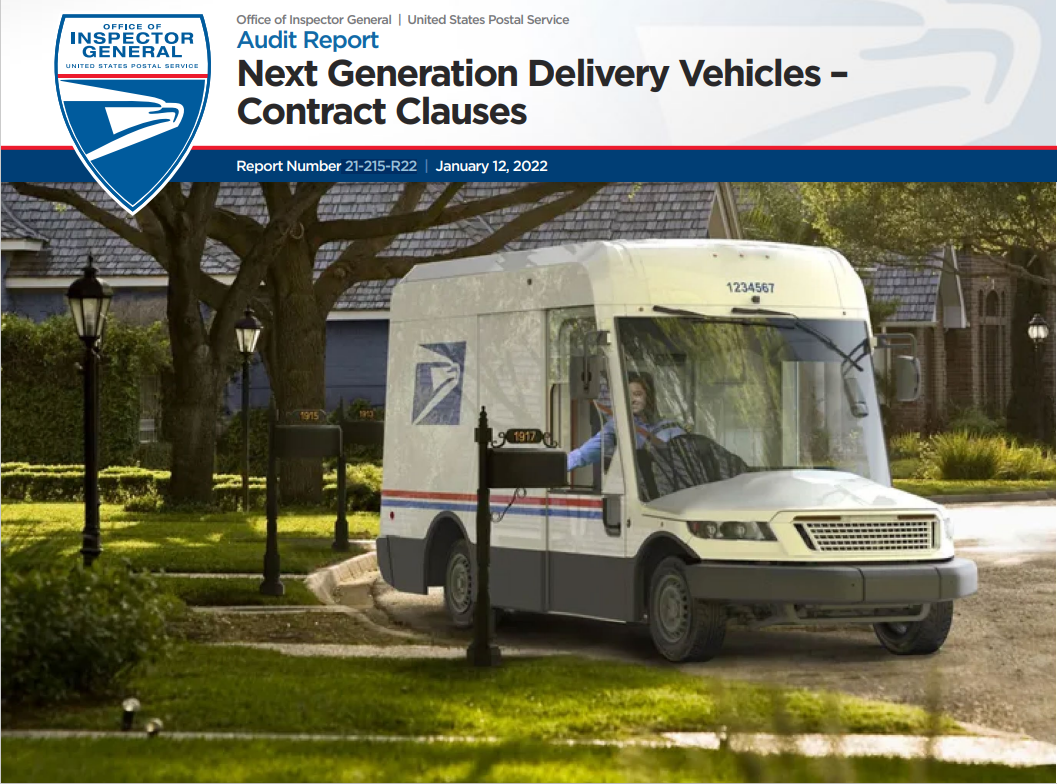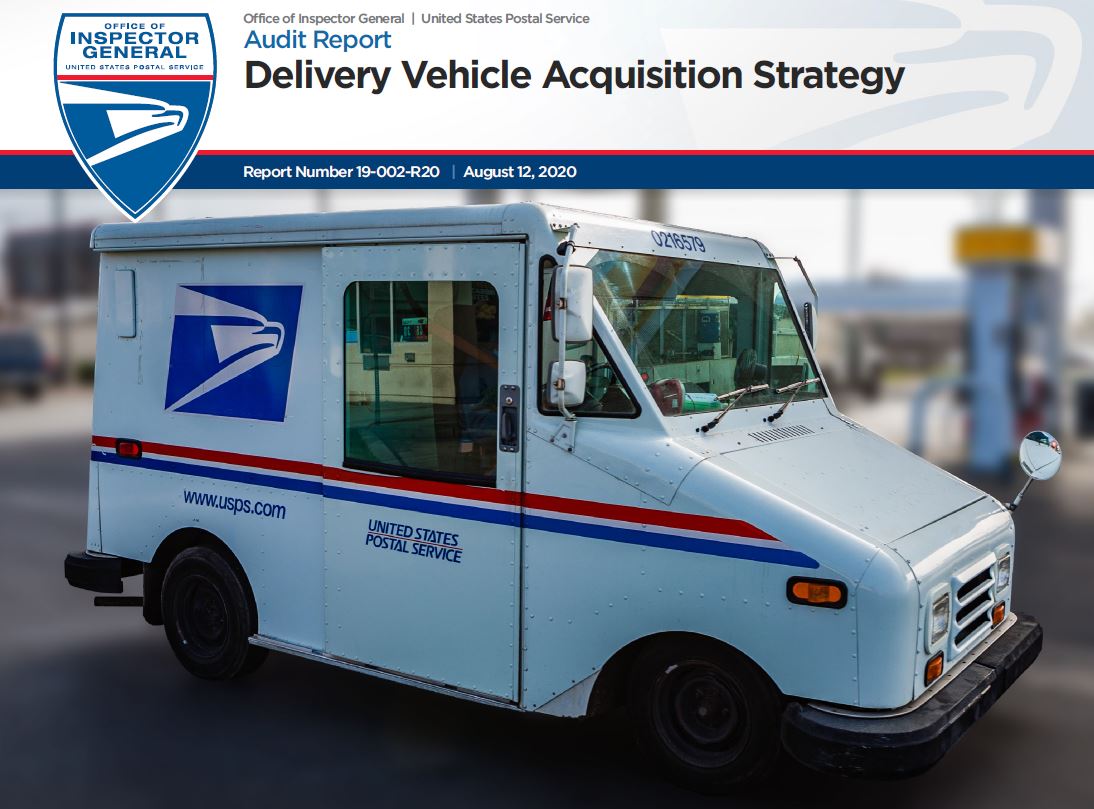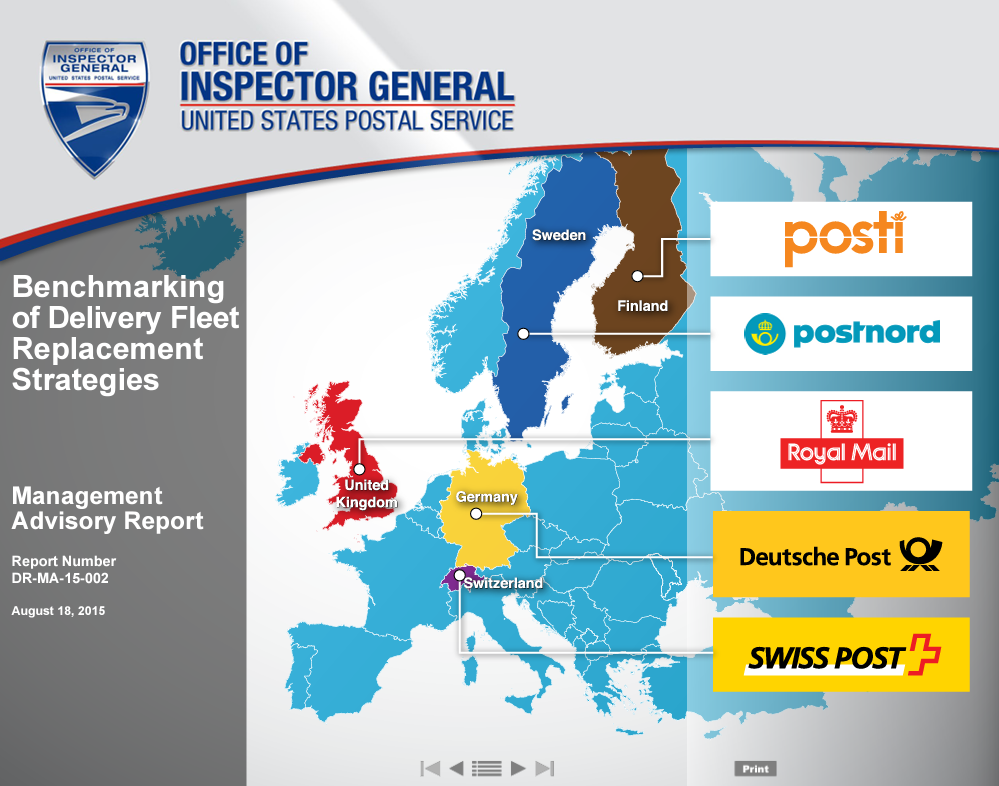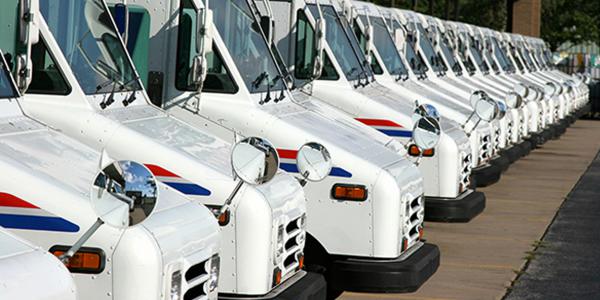Next Generation Delivery Vehicles
- 125 views
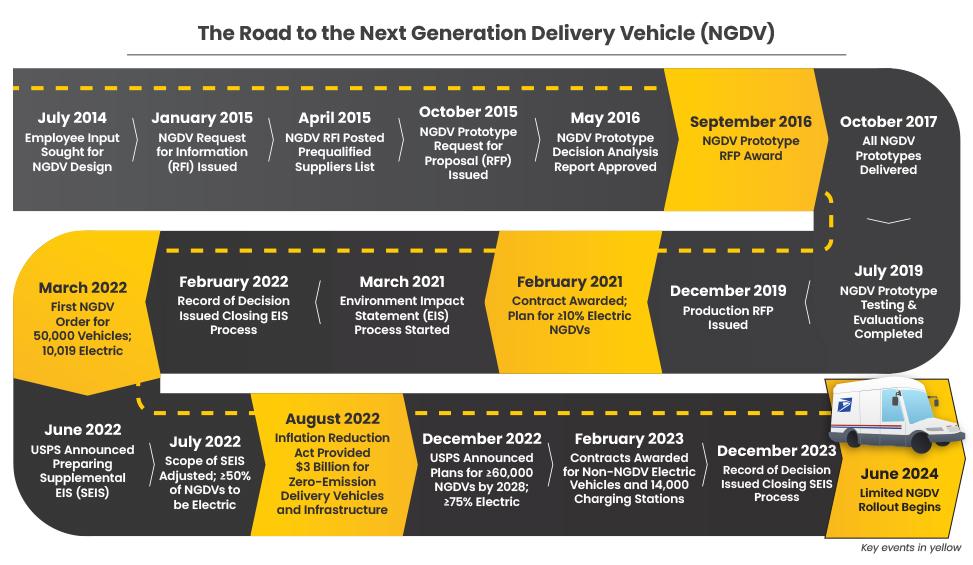
Updated January 2025
The Postal Service is in the process of acquiring new delivery vehicles, including electric vehicles, to replace its aging delivery fleet. While some will be commercial, off-the-shelf vehicles, most will be Next Generation Delivery Vehicles (NGDVs), which are purpose built to the Postal Service’s specifications. The OIG has published several reports about the Postal Service’s purchase process and preparations. In 2014, we found the Postal Service had not fully implemented its strategy for replacing delivery vehicles because of funding constraints. We recommended USPS continue to pursue its short-term plan of buying some new vehicles each year, while it worked to finalize its long-term plan. The next year, the Postal Service issued a Request for Information (RFI) launching the NGDV acquisition process. We then benchmarked the Postal Service’s delivery vehicle replacement practices against foreign posts’ best practices and determined they were generally consistent with or as compelling as foreign posts’ best practices. We did, however, identify some best practices USPS could consider, including exploring alternatives to gasoline-fueled vehicles, outsourcing maintenance, and acquiring alternative vehicles such as e-bikes and e-trikes in urban areas.
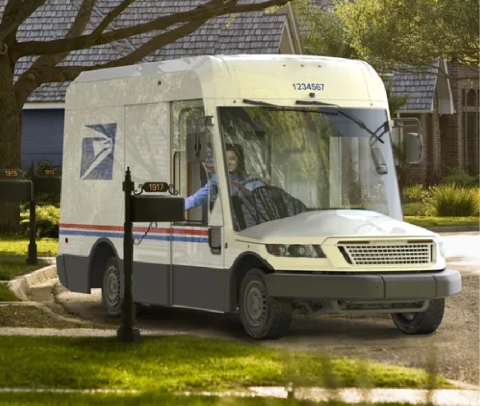
In 2020, after the acquisition process for NGDVs was long underway and USPS had still not awarded the contract, we took another look at the Postal Service’s delivery vehicle acquisition strategy. Our report found the Postal Service had encountered significant implementation delays for the NGDV at least in part due to insufficient time being built into the process. We recommended the Postal Service perform a risk assessment of the remaining schedule to evaluate the risk of further delays and determine whether any modifications to the acquisition strategy were warranted.
The Postal Service finally awarded the NGDV contract in February 2021, planning initially only for a minimum of 10 percent of the NGDVs to be electric. Our 2022 white paper examined the opportunities and challenges of using electric delivery vehicles. We found electric vehicles are capable of serving most postal routes and there are some clear benefits to their adoption. While electric vehicles have higher up-front costs than gasoline powered vehicles, the total cost of ownership can sometimes be lower, especially if USPS strategically plans which routes are assigned electric vehicles and the number and type of charging stations it buys. There are some challenges though, including ensuring there is enough power on the grid.
Another recent report identified opportunities to strengthen the language of the NGDV contract by adding provisions that required the supplier to self-report fraud and provide information about reporting fraud to employees. We also examined the Postal Service’s readiness to manage the maintenance of NGDVs. While the plans for vehicle maintenance facilities were generally aligned to the best practices of other delivery fleets, we found there were opportunities for USPS to enhance them.
|
Latest USPS Plans for New Delivery Vehicles
|
|---|
In 2023, we reviewed the Postal Service’s initial Environmental Impact Statement (EIS) and acquisition process for the NGDV in response to a congressional request. While the audit was underway in 2022, the Postal Service announced plans to complete a Supplemental EIS (SEIS) and purchase more electric NGDVs. We found the Postal Service’s initial EIS generally followed the requirements under the National Environmental Policy Act, but recommended the SEIS include updated information, regional data, and more vehicle alternatives. The Postal Service agreed.
According to USPS, the NGDV delivery vehicles started arriving in June 2024. We examined the status of the Postal Service’s acquisition of various new delivery vehicles, including the NGDV, in an October audit report and found the timeliness of the acquisitions was mixed. The OIG will continue its work in this area as the acquisition process continues. For more information about the Postal Service’s rollout of electric vehicles and the supporting charging infrastructure, see Focus on Electric Vehicles and Infrastructure.

